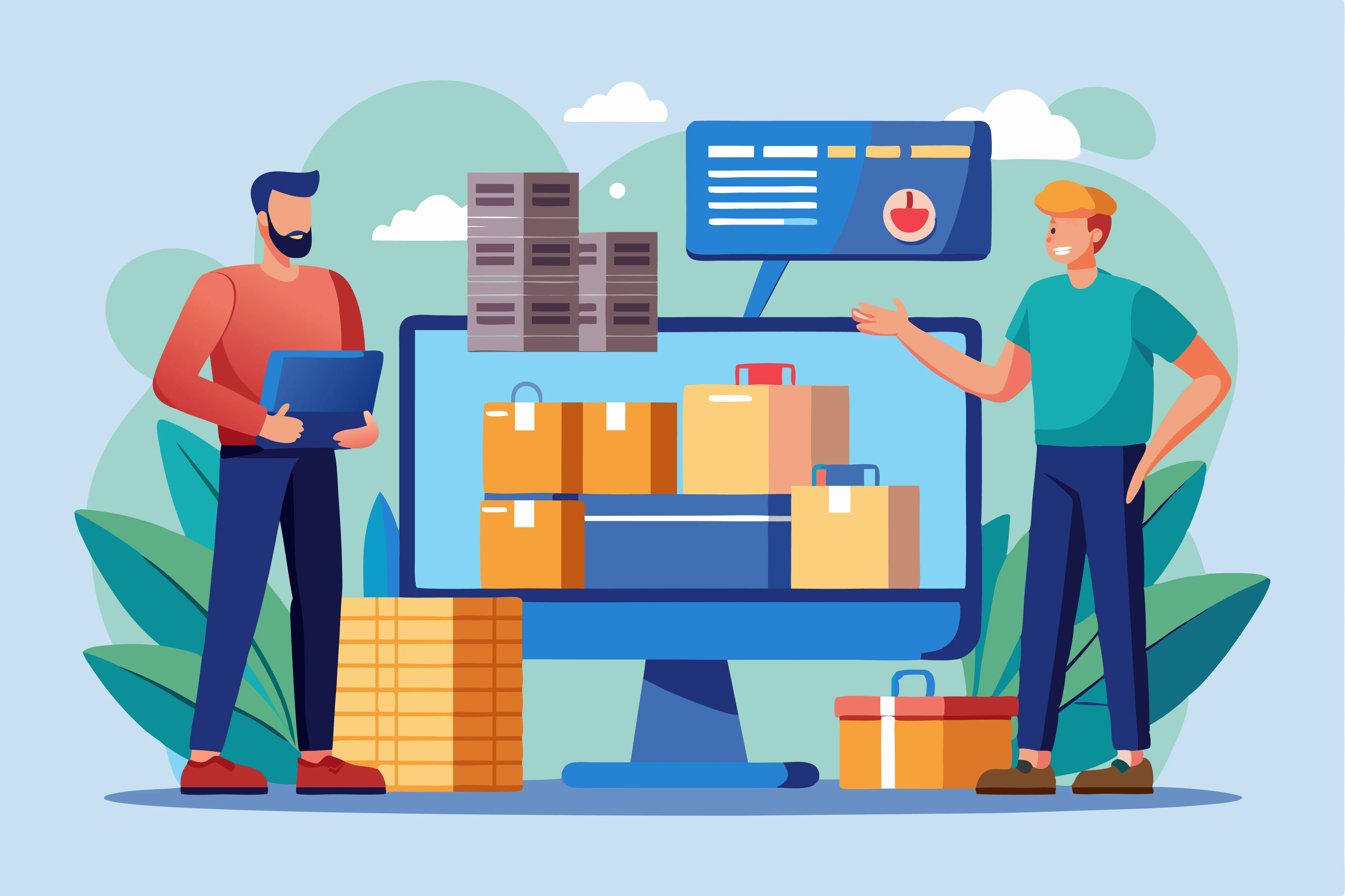Introduction
The issue of counterfeit goods has grown significantly on a global scale, impacting sectors such as fashion and medicine. These counterfeit goods damage a brand's reputation and undermine customer confidence in addition to causing financial losses. Knowing the effects of fake products and how to stop them is essential if your brand is in danger. This post will discuss the risks of counterfeit items, how they jeopardize your brand, and the best ways to keep your company safe from counterfeiting. World BI is organizing Brand Protection Congress again this year where this topic is going to be discussed.
The Rising Threat of Counterfeit Goods
An estimated hundreds of billions of dollars are lost by businesses each year as a result of counterfeit goods. According to the International Chamber of Commerce (ICC), the global economic value of counterfeiting and piracy could reach $4.2 trillion by 2025. Using inferior materials, counterfeiters create almost identical copies of authentic products, misleading consumers and undermining brand loyalty.
Industries Most Affected by Counterfeiting
Counterfeiting is the widespread issue, some industries are more vulnerable than others:
- Fashion & Luxury Goods: The market is overrun with counterfeit apparel, shoes, and handbags, posing a serious threat to designer names.
- Electronics: Counterfeit chargers, batteries, and gadgets often fail to meet safety standards and pose serious risks.

- Pharmaceuticals: This is one of the most important industries impacted by fake medications and health items since they have the potential to save lives.
- Automobile Parts: Poor-quality counterfeit car parts can lead to mechanical failures and accidents.
- Beauty & Cosmetics: Fake cosmetics may contain harmful chemicals, causing skin damage and health risks.
- Consumer Goods: Anticipated counterfeiting also affects everyday products, such as beverages and baby formula.
How Fake Goods Harm Your Brand
Here’s how fake goods threaten your brand:
1. Loss of Revenue
- Every fake product sold is a direct loss to your business. Counterfeiters profit illegally from the success of your brand while causing financial harm to your business.
2. Damage to Brand Reputation
- When consumers unintentionally buy fake products and are disappointed by the quality, they will associate the bad experience with your brand, which will cause you to lose credibility and confidence.
3. Legal Liabilities
- If a counterfeit product causes harm, your brand may face legal action even if you weren’t responsible for manufacturing the product.
4. Decline in Customer Trust
- Customers could be reluctant to purchase from you if counterfeit goods become commonplace because they worry about getting phony goods.
5. Increased Operational Costs
- Fighting counterfeits requires investments in legal action, anti-counterfeiting technologies, and customer education, adding to your brand’s operational expenses.
How to Protect Your Brand from Counterfeiters
Here are some effective strategies to safeguard your brand:
1. Register Trademarks and Intellectual Property
Make sure that every area in which you do business has a trademark for your brand name, logo, and product designs. You have legal justification to take action against counterfeiters because of this.
2. Implement Anti-Counterfeiting Technologies
- Holograms & QR Codes: Use unique identifiers to authenticate genuine products.
- RFID & NFC Technology: These digital solutions help track and verify product authenticity.
- Blockchain Technology: Provides an unalterable record of the product’s journey from manufacturer to consumer.
3. Monitor Online Marketplaces
Online marketplaces are used to sell a lot of fake items. Keep a close eye on social media, online marketplaces, and e-commerce websites to spot and report fraudulent listings. Brands can also work with platforms like Amazon’s Brand Registry to remove fake products.
4. Educate Customers
Educate your customers on the dangers of counterfeit goods and how to spot authentic ones. Give authorized vendors and official businesses explicit instructions to avoid being duped by counterfeit items.
5. Collaborate with Law Enforcement and Industry Groups
Work with law enforcement agencies, customs authorities, and anti-counterfeiting organizations to track and take down counterfeiters.
6. Strengthen Your Supply Chain
Ensure that your supply chain is secure, transparent, and free from vulnerabilities that counterfeiters can exploit. Work with verified suppliers and conduct regular audits.
7. Fake Websites and Domains
Fake websites are designed to impersonate legitimate brands, often fooling consumers into believing they are purchasing genuine products or services from a brand’s official website. This can take many forms, from counterfeit e-commerce sites to phishing sites (site that tricks customers) that aim to harvest personal information including consumers’ credit card details.
Real-World Examples of Brands Battling Counterfeits
Nike’s Fight Against Fake Sneakers
- Nike has been at the forefront of anti-counterfeiting efforts, using blockchain verification and partnerships with e-commerce platforms to shut down counterfeit sales.
Rolex’s Legal Actions
- Luxury watchmaker Rolex frequently takes legal action against counterfeiters, ensuring that its premium reputation remains intact.
Apple’s Anti-Counterfeiting Measures
- Apple continuously monitors third-party retailers and removes fake Apple accessories that fail to meet safety standards.

Counterfeit Products and Materials
Counterfeit products can be classified into two categories:
Deceptive and Non-Deceptive
- A non-deceptive counterfeit is easily recognisable as fake due to its price, quality, or where it is sold. For instance, consumers understand they are in a ‘buyer beware’ situation when purchasing from certain online sellers offering luxury brands at a fraction of the retail price.
- Deceptive counterfeit products closely resemble genuine items in price and packaging but not in quality. Consumers believe they are buying authentic goods, only to receive something substandard that may break within weeks and, in the worst-case scenario, cause direct harm.
Conclusion
Counterfeit goods are a serious threat to businesses, affecting revenue, customer trust, and brand reputation. By taking proactive steps such as legal protection, anti-counterfeiting technologies, and customer education, brands can effectively combat this growing menace. As counterfeiters become more sophisticated, brands must stay ahead with innovative solutions and vigilant enforcement to maintain their integrity in the market.
World BI Brand Protection Conferences
It is a global event uniting Brands Globally and IP, AI and Brand Protection leaders to explore advancements in Brand Protection. Brand Protection Congress organized by World BI focused on legal, Intellectual Property, Counterfeiting, Illicit Trade and Brand Protection Strategies, this conference fosters innovation to enhance the efficient and secure brands.